Home>Furniture & Design>Outdoor Furniture>Why Is My Outdoor Ac Unit Not Working
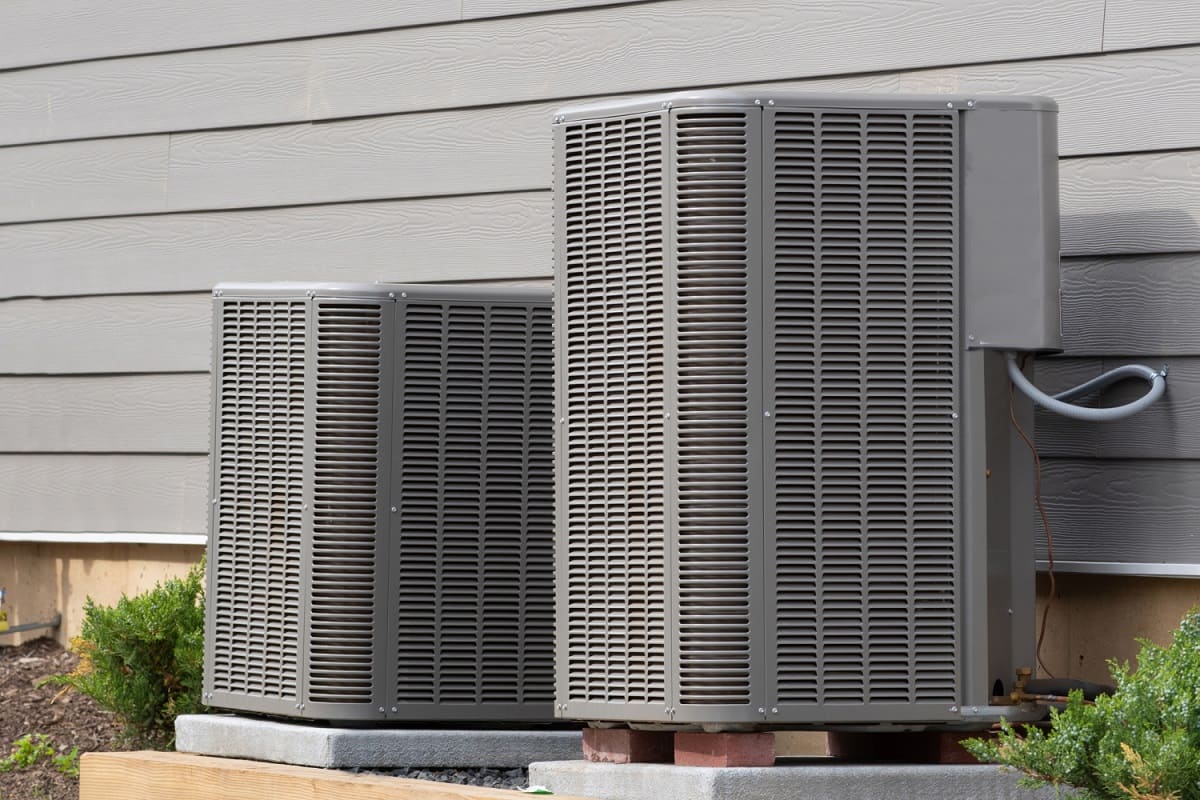

Outdoor Furniture
Why Is My Outdoor Ac Unit Not Working
Modified: February 16, 2024
Discover common reasons why your outdoor AC unit may not be working and how to troubleshoot the issue. Get expert tips on maintaining your outdoor furniture and design.
(Many of the links in this article redirect to a specific reviewed product. Your purchase of these products through affiliate links helps to generate commission for Storables.com, at no extra cost. Learn more)
Introduction
When the sweltering heat of summer arrives, there's nothing quite as refreshing as stepping into a cool, air-conditioned home. However, if your outdoor AC unit suddenly stops working, it can quickly turn your sanctuary into an uncomfortable and stifling environment. Understanding the potential reasons for this issue and knowing how to troubleshoot it can make all the difference in restoring your indoor comfort.
In this article, we'll delve into the common reasons why outdoor AC units may cease to function, explore troubleshooting steps to address these issues, and discuss when it's time to seek professional assistance. By the end of this guide, you'll have a clearer understanding of how to tackle outdoor AC unit problems, ensuring that you can enjoy a cool and comfortable living space even amidst the hottest of days.
Key Takeaways:
- Keep your outdoor AC unit running smoothly by checking for electrical issues, thermostat malfunctions, and dirty condenser coils. Regular maintenance and troubleshooting can help you stay cool all summer long.
- When in doubt, call a professional for refrigerant leaks, compressor problems, and fan motor failures. DIY troubleshooting is helpful, but some issues require the expertise of a qualified HVAC technician.
Read more: Why Doesnt My AC Work In My Car
Common Reasons for Outdoor AC Unit Not Working
Outdoor air conditioning units are intricate systems that rely on various components working in harmony to effectively cool your home. When these systems fail, it can often be attributed to specific issues. Here are some common reasons why your outdoor AC unit may not be working:
- Electrical Issues: One of the most frequent culprits behind a malfunctioning outdoor AC unit is an electrical problem. This can range from a tripped circuit breaker to a blown fuse, both of which can disrupt the unit’s power supply and cause it to stop working.
- Thermostat Malfunction: If your thermostat is not functioning correctly, it can lead to erratic cooling or prevent the outdoor unit from receiving the necessary signals to operate.
- Refrigerant Leaks: A refrigerant leak can significantly impair the cooling capacity of your AC unit. If the refrigerant levels are insufficient, the system may struggle to cool your home effectively, or it may cease to function altogether.
- Dirty or Blocked Condenser Coils: Over time, the condenser coils in the outdoor unit can become clogged with dirt, debris, or vegetation. This impedes the heat transfer process, causing the unit to overheat and shut down.
- Fan Problems: The outdoor unit’s fan is essential for dissipating heat. If the fan motor malfunctions, or if the blades are damaged or obstructed, the unit may fail to operate efficiently or at all.
- Compressor Issues: The compressor is a vital component responsible for circulating refrigerant and facilitating the cooling process. If the compressor fails, the entire system can be rendered inoperative.
These issues can stem from various factors, including inadequate maintenance, normal wear and tear, or environmental factors. Identifying the specific cause of your outdoor AC unit’s malfunction is crucial for implementing the appropriate solutions.
Troubleshooting Steps for Outdoor AC Unit
When your outdoor AC unit encounters problems, it’s natural to feel concerned. However, before calling a professional, there are several troubleshooting steps you can undertake to potentially resolve the issue. Here’s a guide to help you troubleshoot your outdoor AC unit:
- Check the Power Supply: Begin by ensuring that the unit is receiving power. Check the circuit breaker and fuses to verify that they haven’t tripped or blown. If they have, reset the breaker or replace the fuses.
- Inspect the Thermostat: Verify that the thermostat is set to the appropriate temperature and mode. If the thermostat is battery-operated, replace the batteries to ensure it functions correctly.
- Examine the Condenser Coils: Inspect the outdoor unit’s condenser coils for any accumulation of dirt, debris, or vegetation. Gently clean the coils using a soft brush or compressed air to remove any obstructions.
- Clear the Surrounding Area: Ensure that the area around the outdoor unit is clear of any obstructions such as overgrown vegetation, fallen leaves, or debris. Adequate airflow around the unit is essential for optimal operation.
- Check the Fan: Verify that the fan blades are unobstructed and in good condition. If the fan motor isn’t running, it may indicate a faulty motor or electrical issue.
- Inspect for Refrigerant Leaks: Look for any signs of refrigerant leaks around the outdoor unit. If you notice oil spots or refrigerant stains, it’s crucial to contact a professional to address the leak and recharge the refrigerant levels.
- Reset the Unit: In some cases, resetting the outdoor AC unit by turning off the power for a few minutes and then turning it back on can resolve minor issues.
While these troubleshooting steps can help address common issues, it’s important to approach them with caution and prioritize your safety. If you encounter complex problems or are uncertain about performing these steps, it’s advisable to seek assistance from a qualified HVAC technician.
Check if the outdoor unit is getting power, the thermostat is set correctly, and the circuit breaker is not tripped. Clean the unit and check for any debris blocking the airflow. If the issue persists, contact a professional technician for further inspection.
When to Call a Professional
While it’s beneficial to attempt troubleshooting your outdoor AC unit, there are instances where professional expertise is indispensable. Recognizing when to call a professional can prevent further damage to the system and ensure that complex issues are effectively resolved. Here are the key indicators that it’s time to enlist the help of a qualified HVAC technician:
- Refrigerant Issues: If you suspect a refrigerant leak or notice a significant decrease in cooling performance, it’s essential to have a professional inspect and address the problem. Handling refrigerant requires specialized knowledge and equipment to ensure safety and compliance with environmental regulations.
- Electrical Problems: Complex electrical issues, such as wiring problems or capacitor malfunctions, should be addressed by a licensed technician to prevent electrical hazards and ensure proper repairs.
- Compressor Troubles: The compressor is a critical component of the AC system, and diagnosing and repairing compressor issues demands the expertise of a professional technician.
- Fan Motor Failures: If the fan motor in the outdoor unit is malfunctioning, making unusual noises, or failing to operate, it’s advisable to seek professional assistance to avoid further damage and ensure safe repairs.
- Thermostat Malfunctions: When the thermostat exhibits persistent malfunctions or requires recalibration, a professional technician can accurately diagnose and resolve the issue to restore proper functionality.
- Unusual Noises or Odors: Any unusual sounds, vibrations, or odors emanating from the outdoor unit indicate potential mechanical or electrical problems that warrant professional inspection and repairs.
By recognizing the limitations of DIY troubleshooting and understanding the complexities of HVAC systems, you can make informed decisions about when to engage professional assistance. Promptly addressing issues through professional intervention can enhance the longevity and efficiency of your outdoor AC unit, ultimately ensuring a consistently comfortable indoor environment.
Conclusion
Understanding the common reasons for outdoor AC unit malfunctions and being equipped with troubleshooting knowledge empowers homeowners to address potential issues effectively. By recognizing electrical issues, thermostat malfunctions, refrigerant leaks, and other common problems, you can take proactive steps to maintain your outdoor AC unit’s optimal performance.
While DIY troubleshooting can resolve minor issues, it’s crucial to recognize when professional intervention is necessary. Complex electrical problems, refrigerant leaks, compressor issues, and fan motor failures require the expertise of qualified HVAC technicians to ensure safe and effective repairs.
Regular maintenance, including cleaning the condenser coils, ensuring adequate airflow, and scheduling professional inspections, plays a pivotal role in preventing outdoor AC unit malfunctions. By prioritizing maintenance and promptly addressing issues, homeowners can enjoy reliable cooling performance and prolong the lifespan of their AC systems.
Ultimately, a well-functioning outdoor AC unit is essential for creating a comfortable indoor environment, especially during hot summer months. By staying informed about potential issues and knowing when to seek professional assistance, homeowners can ensure that their outdoor AC units consistently deliver refreshing and efficient cooling, allowing them to enjoy a cool and comfortable home regardless of the temperature outside.
Frequently Asked Questions about Why Is My Outdoor Ac Unit Not Working
Was this page helpful?
At Storables.com, we guarantee accurate and reliable information. Our content, validated by Expert Board Contributors, is crafted following stringent Editorial Policies. We're committed to providing you with well-researched, expert-backed insights for all your informational needs.

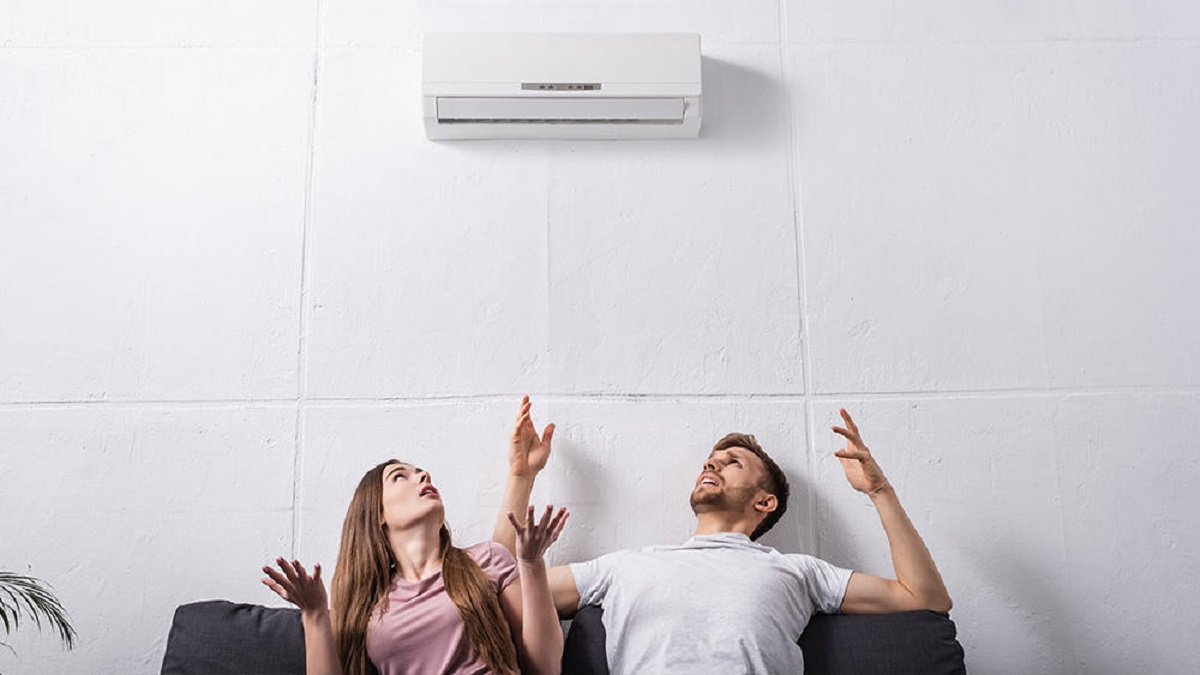
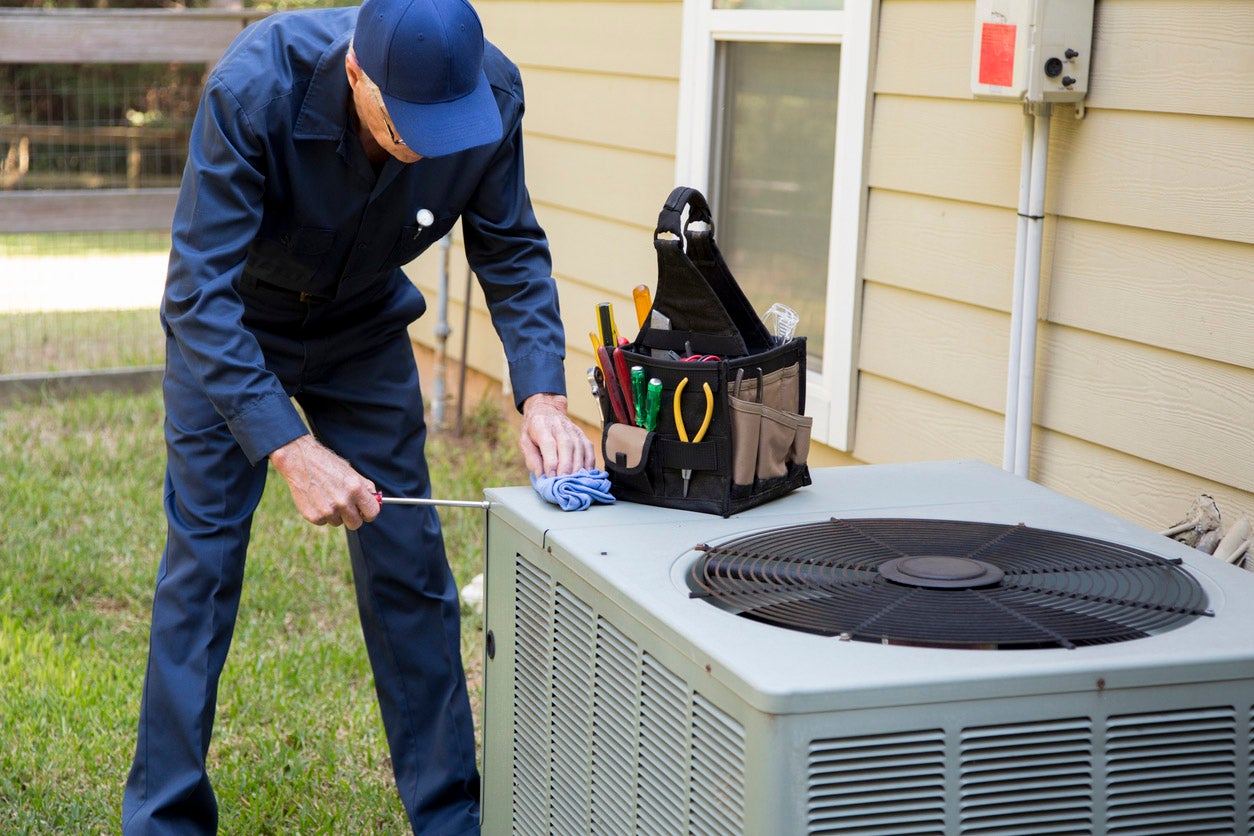

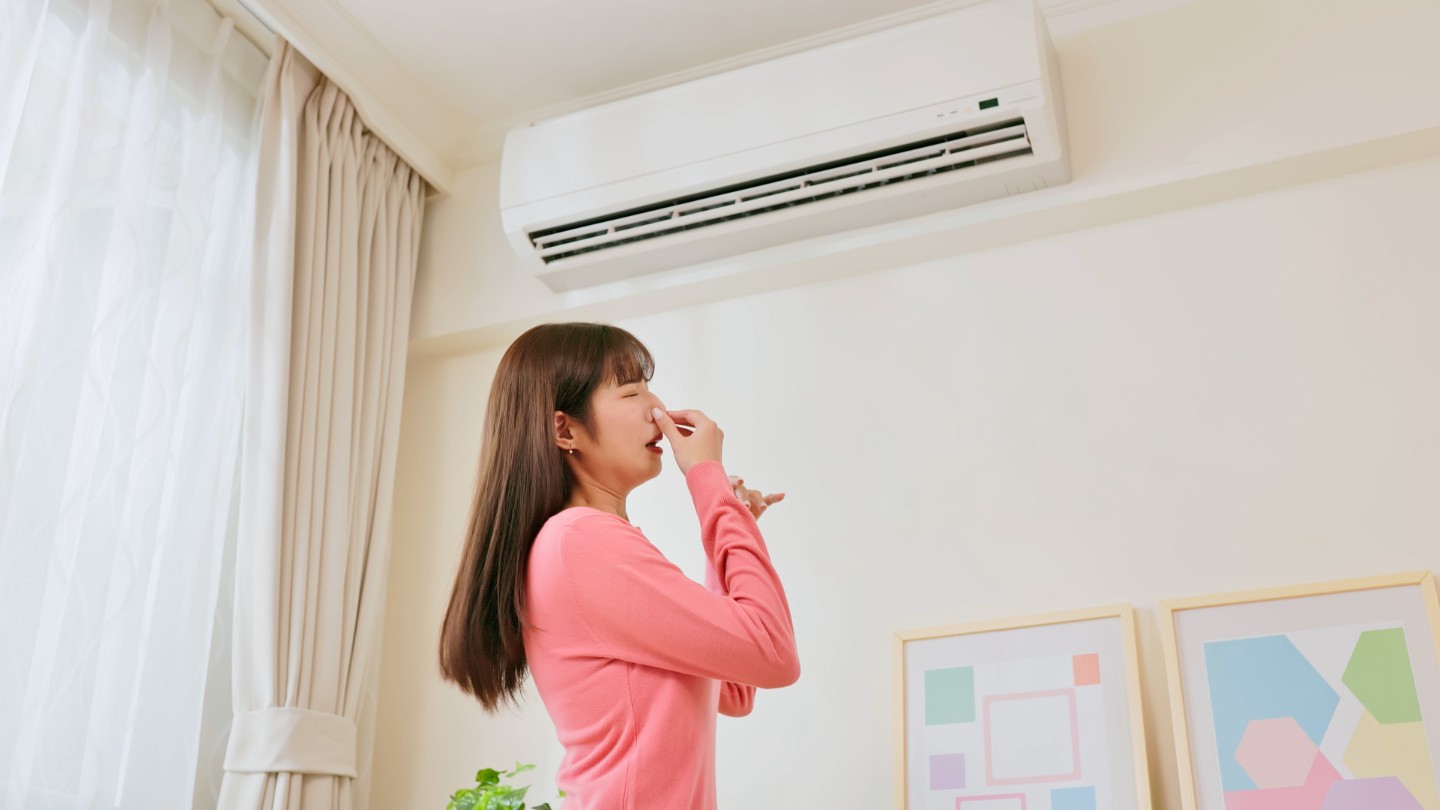
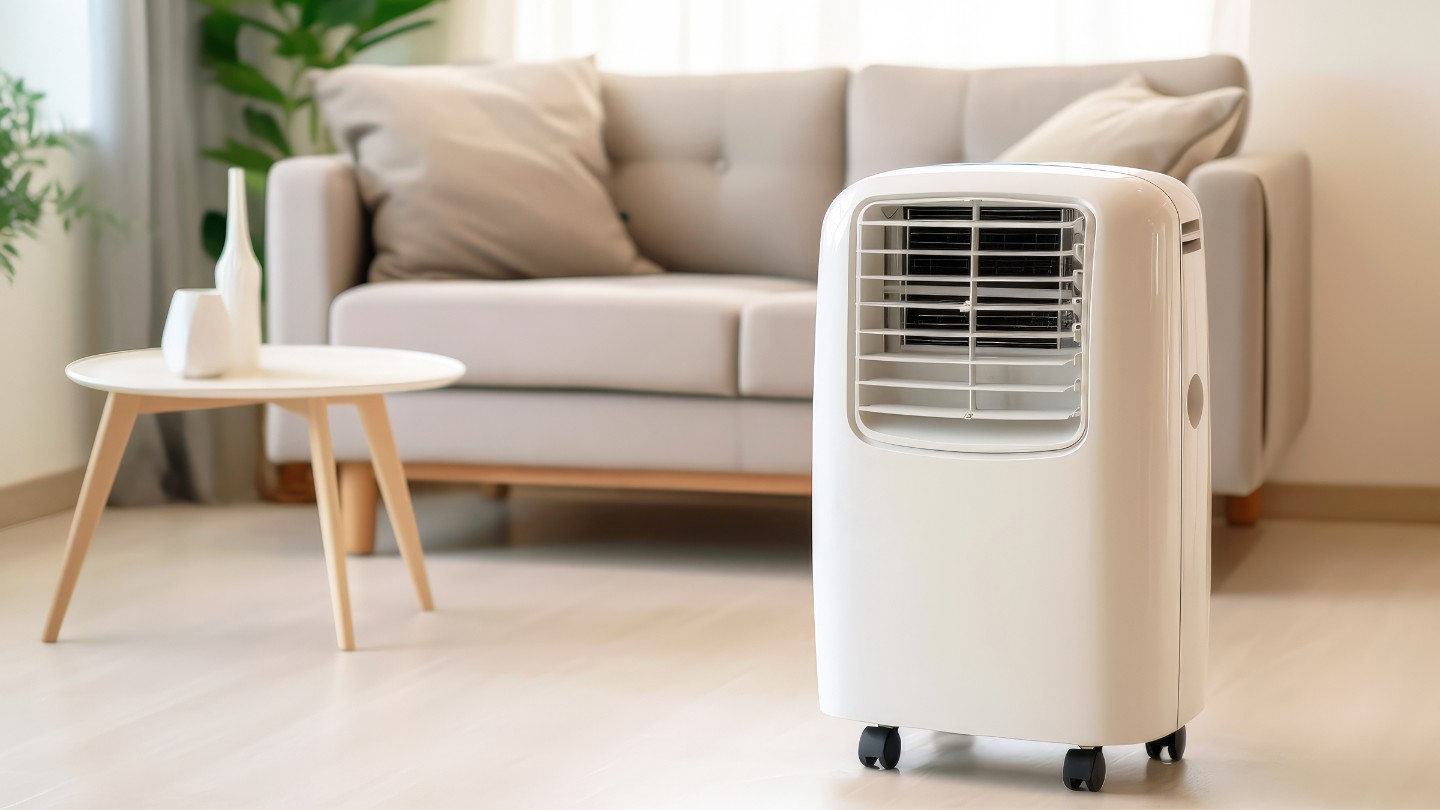
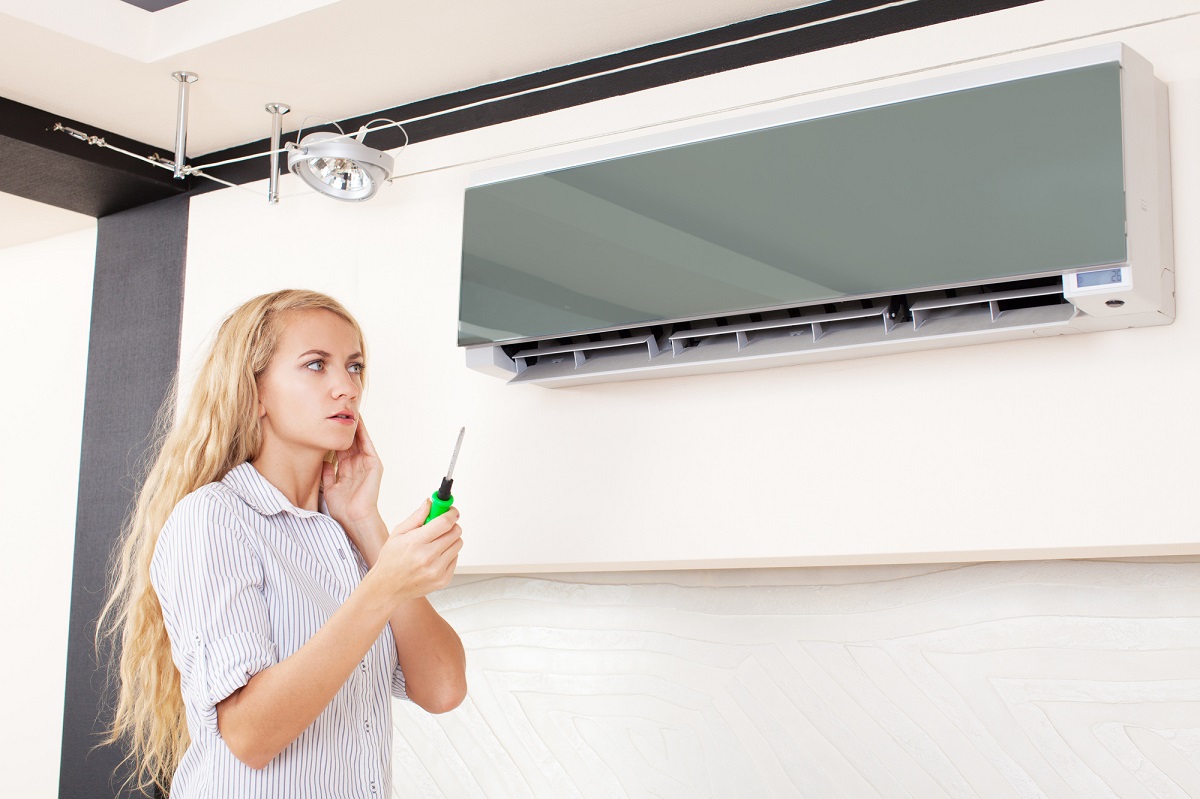
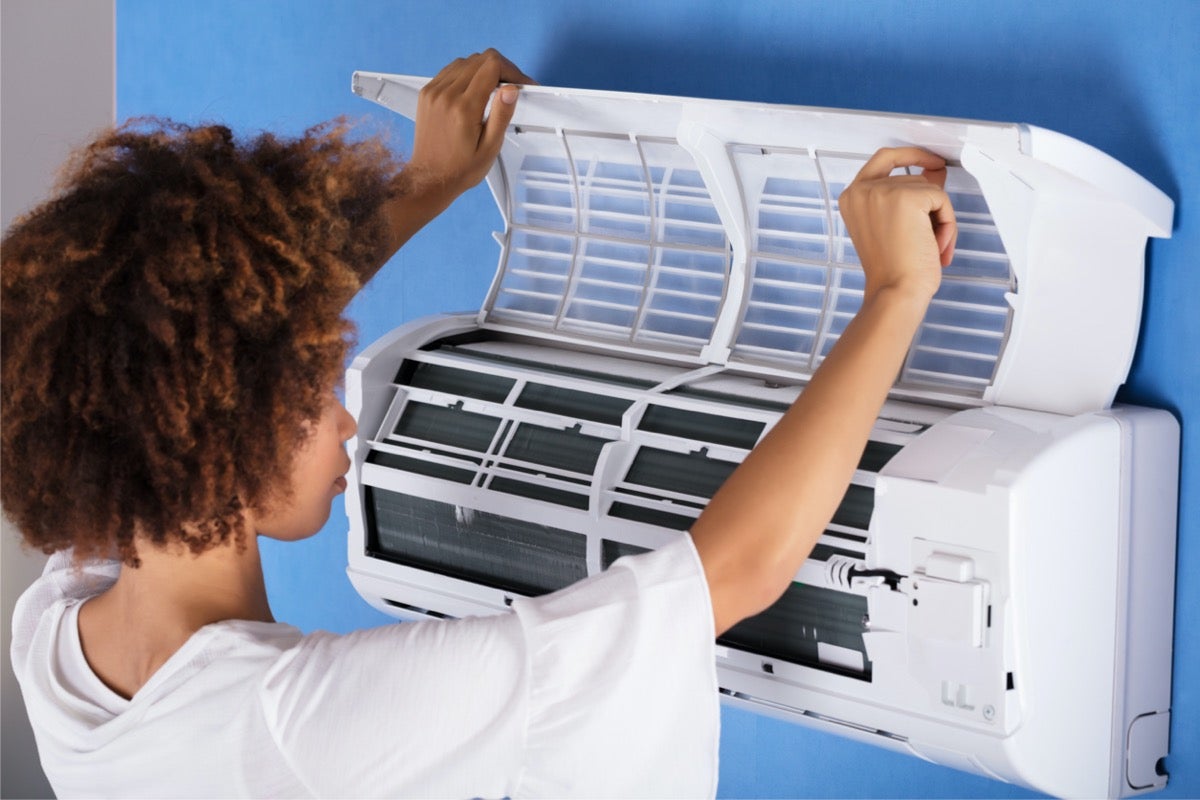
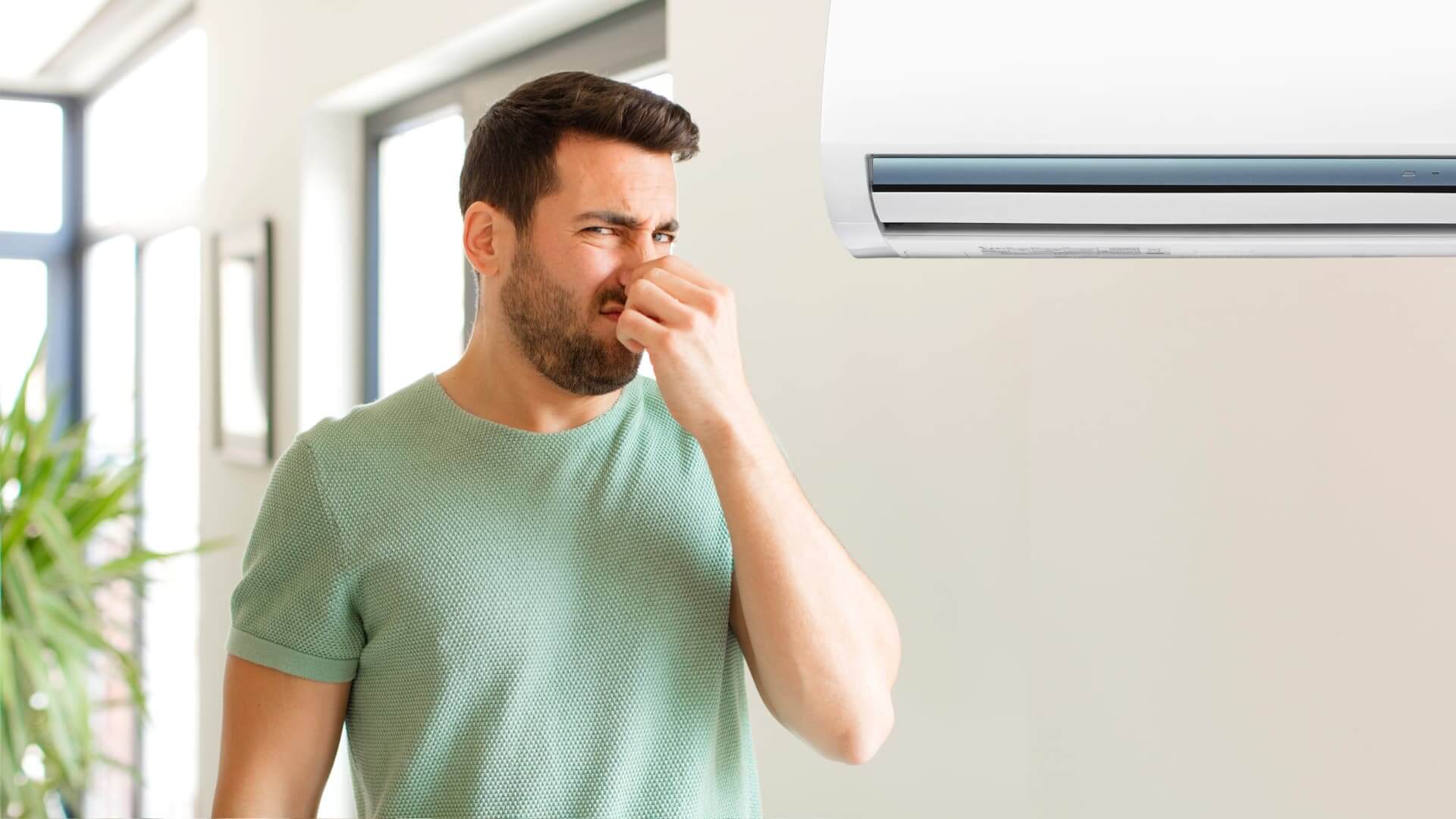
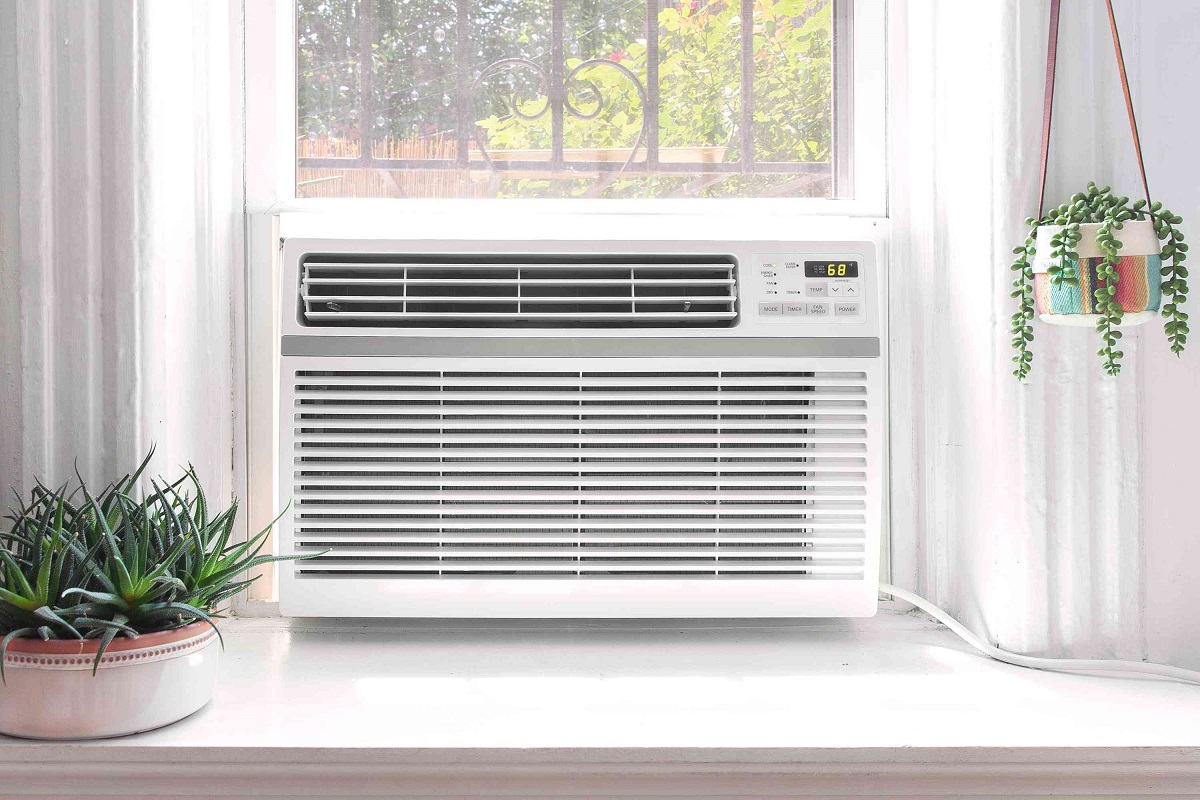
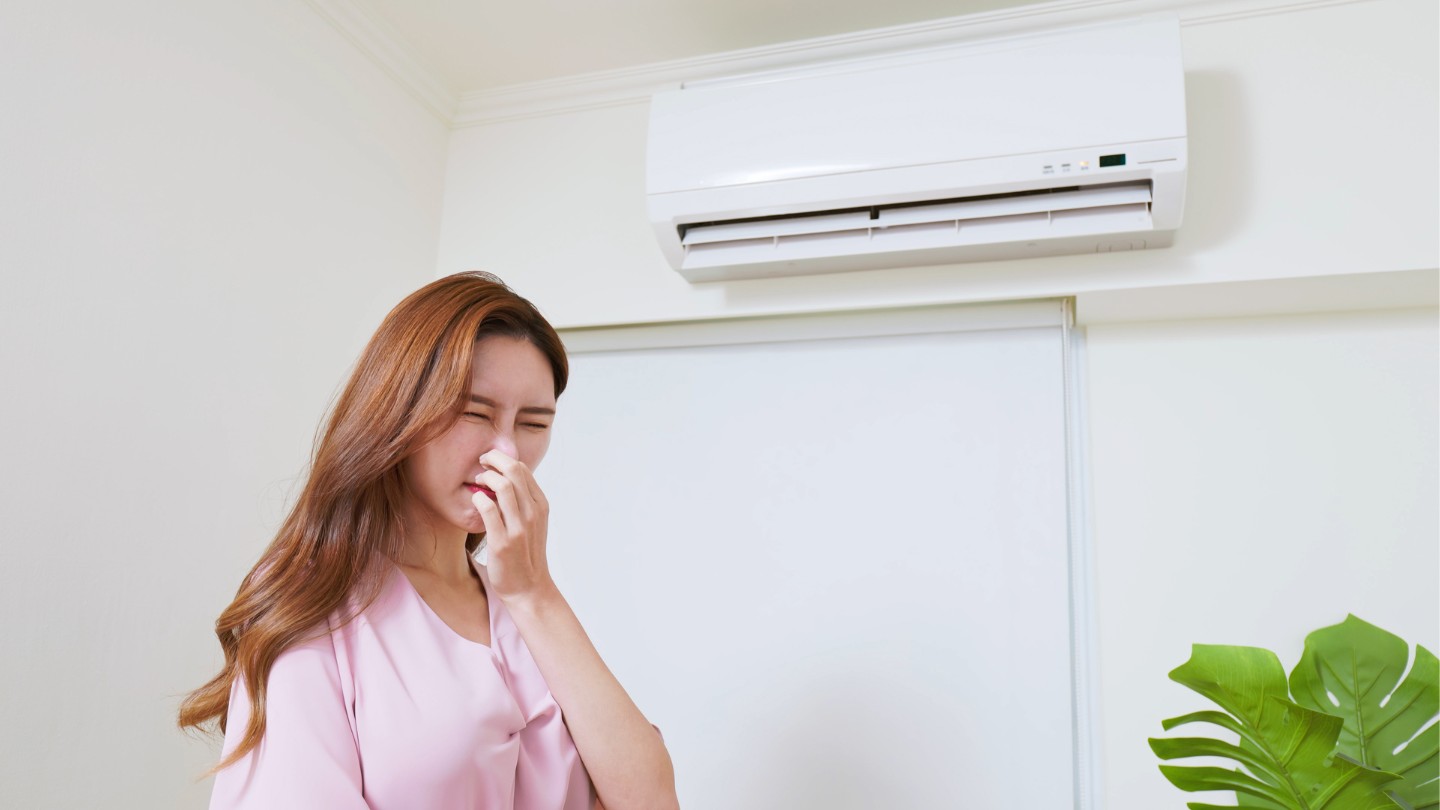
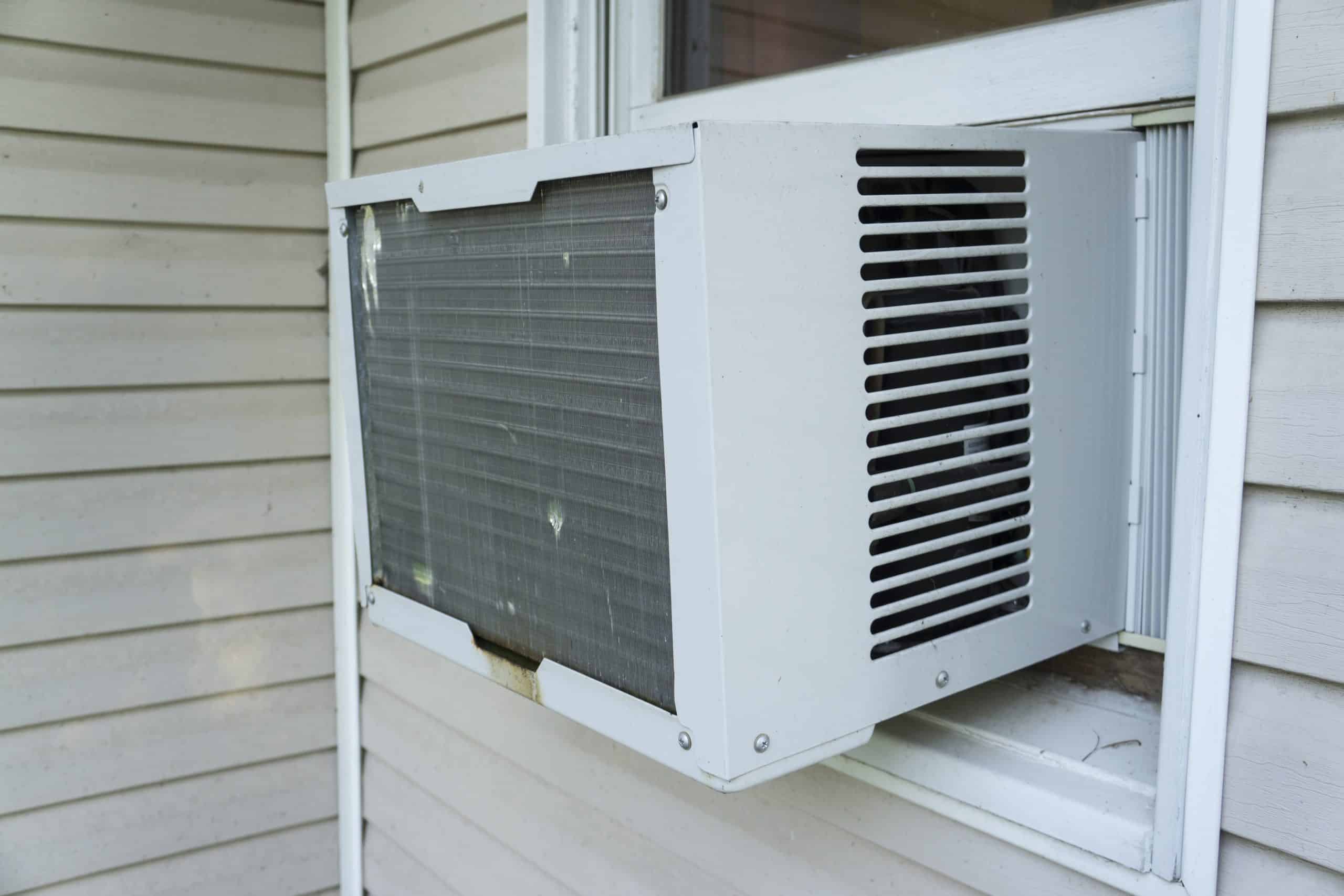
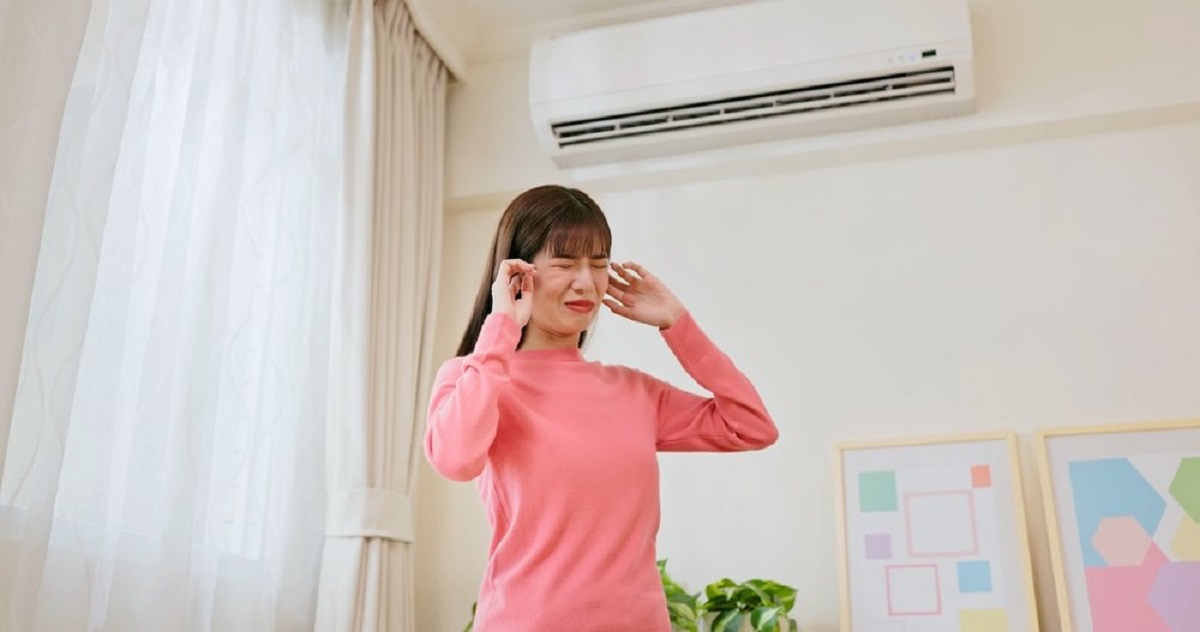
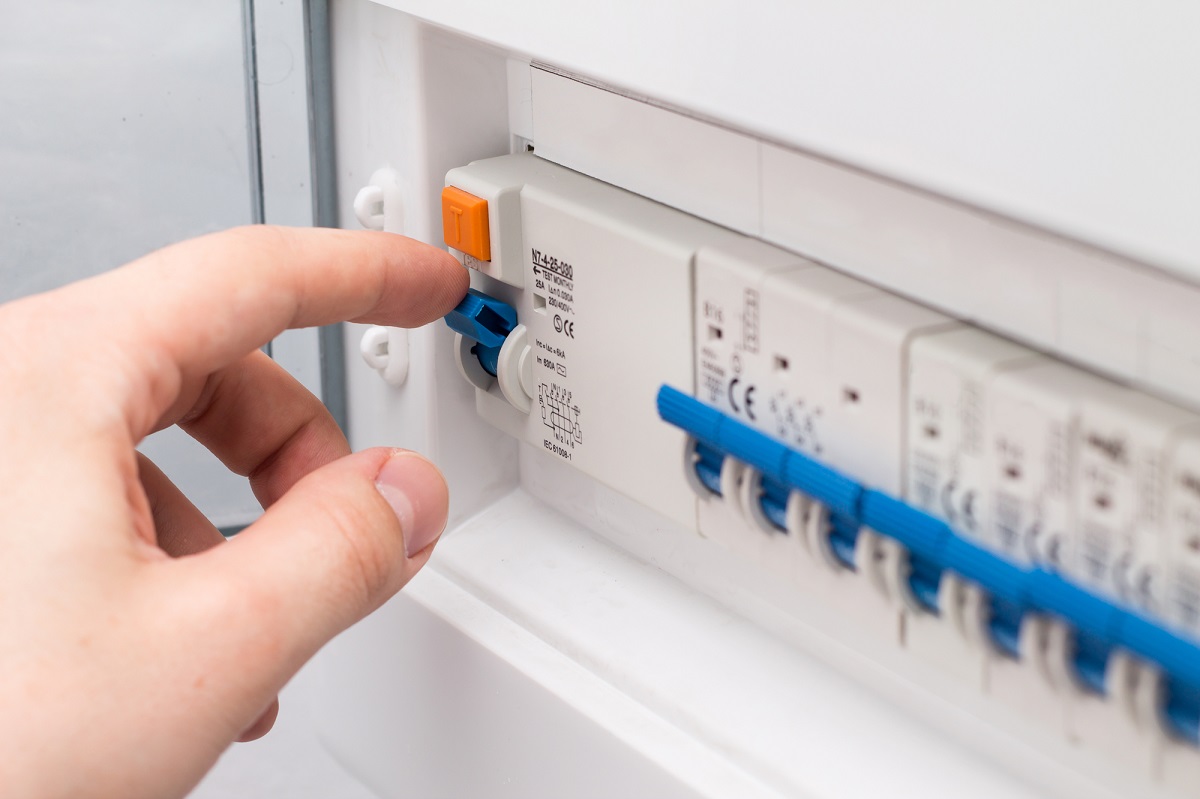
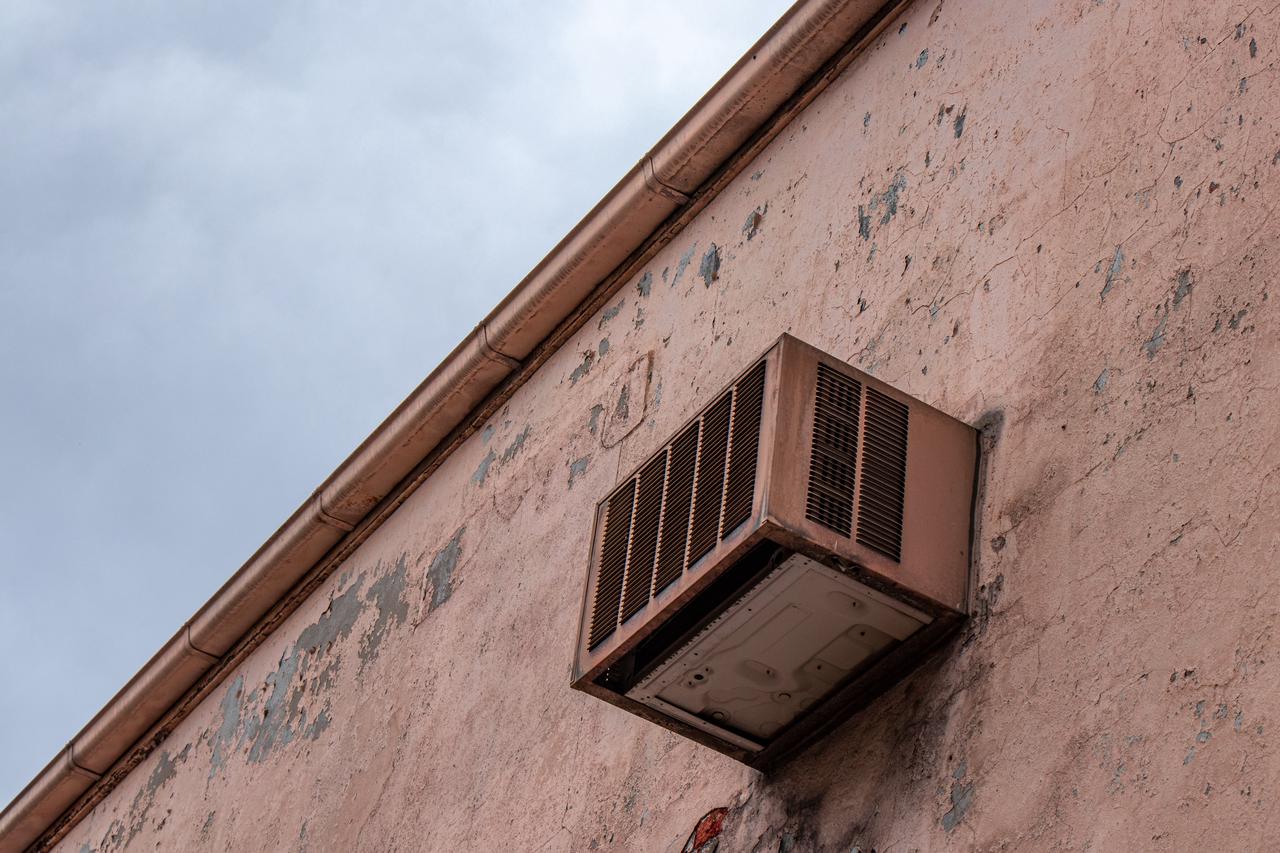

0 thoughts on “Why Is My Outdoor Ac Unit Not Working”